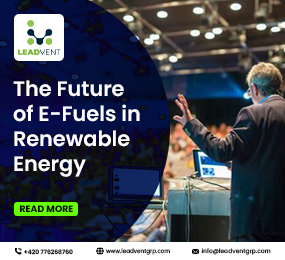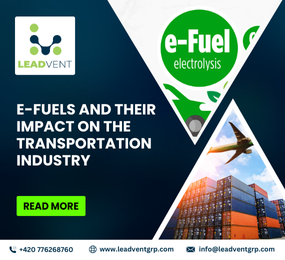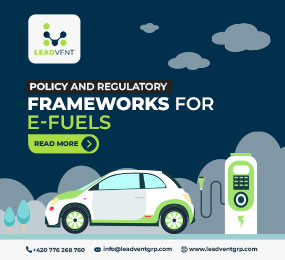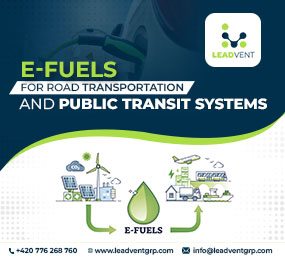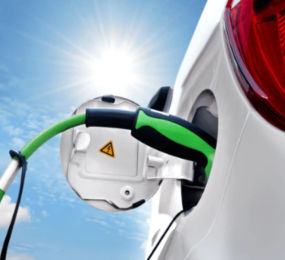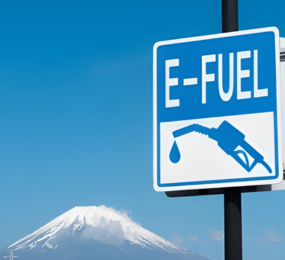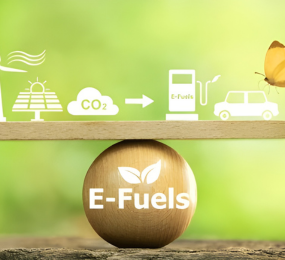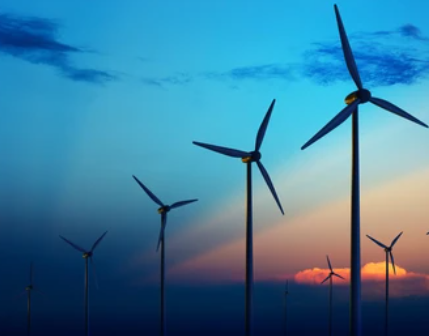E-Fuels and the Future: Powering Progress with Cleaner Combustion
As the world races toward net-zero emissions, the spotlight has landed on an unlikely hero e-fuels. Short for “electro-fuels,” these synthetic fuels promise to deliver clean energy in a familiar form, blending cutting-edge science with the practical realities of today’s infrastructure. And now, at global gatherings and boardroom tables, e-fuels are sparking serious conversation.
But what exactly are they and why is everyone suddenly talking about them?
What Are E-Fuels?
E-fuels are synthetic fuels made by combining hydrogen (produced through electrolysis using renewable electricity) with carbon dioxide captured from the atmosphere or industrial processes. The result is a fuel that can power everything from cars to airplanes without the fossil footprint.
Unlike traditional fuels, e-fuels can be made carbon-neutral, meaning the CO? they release when burned can be offset by the CO? used to create them. What sets them apart is their compatibility: they can be used in existing internal combustion engines, ships, planes, and industrial systems without a full redesign.
This makes e-fuels especially attractive for sectors that are hard to electrify like aviation, heavy transport, and certain manufacturing industries.
The Global Push
Countries across Europe, the Middle East, and Asia are now investing in e-fuel research and production. Germany, Chile, and the UAE are among the early leaders, launching pilot plants and cross-border partnerships. The World E-Fuels Forum, a gathering of industry leaders, policymakers, and researchers, continues to be a focal point for innovation, regulation, and scaling strategies.
The message is clear: while electrification plays a huge role in the clean energy transition, it can’t do it alone. E-fuels offer an essential complement, especially where batteries aren’t yet practical.
Challenges on the Road Ahead
Despite the excitement, e-fuels face their share of hurdles. Producing hydrogen via electrolysis is energy-intensive, and the costs remain high. There’s also the matter of infrastructure scaling up production, transportation, and certification at a global level.
Moreover, the source of electricity matters. If e-fuels are made using fossil-based power, their carbon footprint climbs. That’s why the push toward 100% renewable input solar, wind, hydro is critical to ensuring their sustainability promise.
But like all energy revolutions, cost and scalability improve with time, investment, and innovation. And those are all coming fast.
Takeaway
E-fuels are not a silver bullet, but they are a powerful piece of the puzzle. As the world moves toward cleaner energy, they offer a practical way to decarbonize sectors that can’t afford to wait. With global collaboration, continued innovation, and the right regulatory frameworks, e-fuels may help bridge the gap between today’s infrastructure and tomorrow’s net-zero world
Learn more on our website: https://www.leadventgrp.com/events/2nd-annual-world-e-fuels-summit/details
For more information and group participation, contact us: [email protected]
Leadvent Group - Industry Leading Events for Business Leaders!
www.leadventgrp.com | [email protected]


